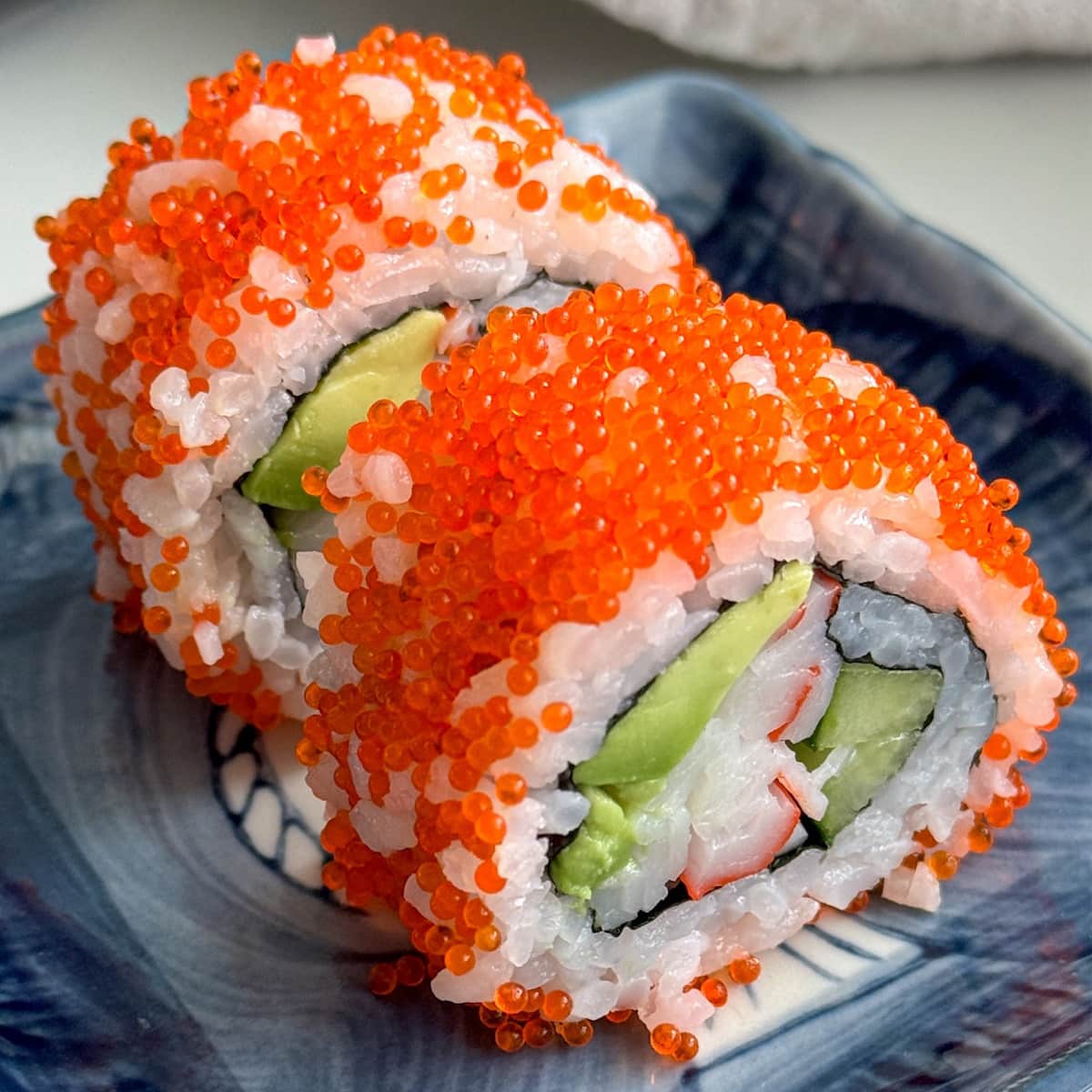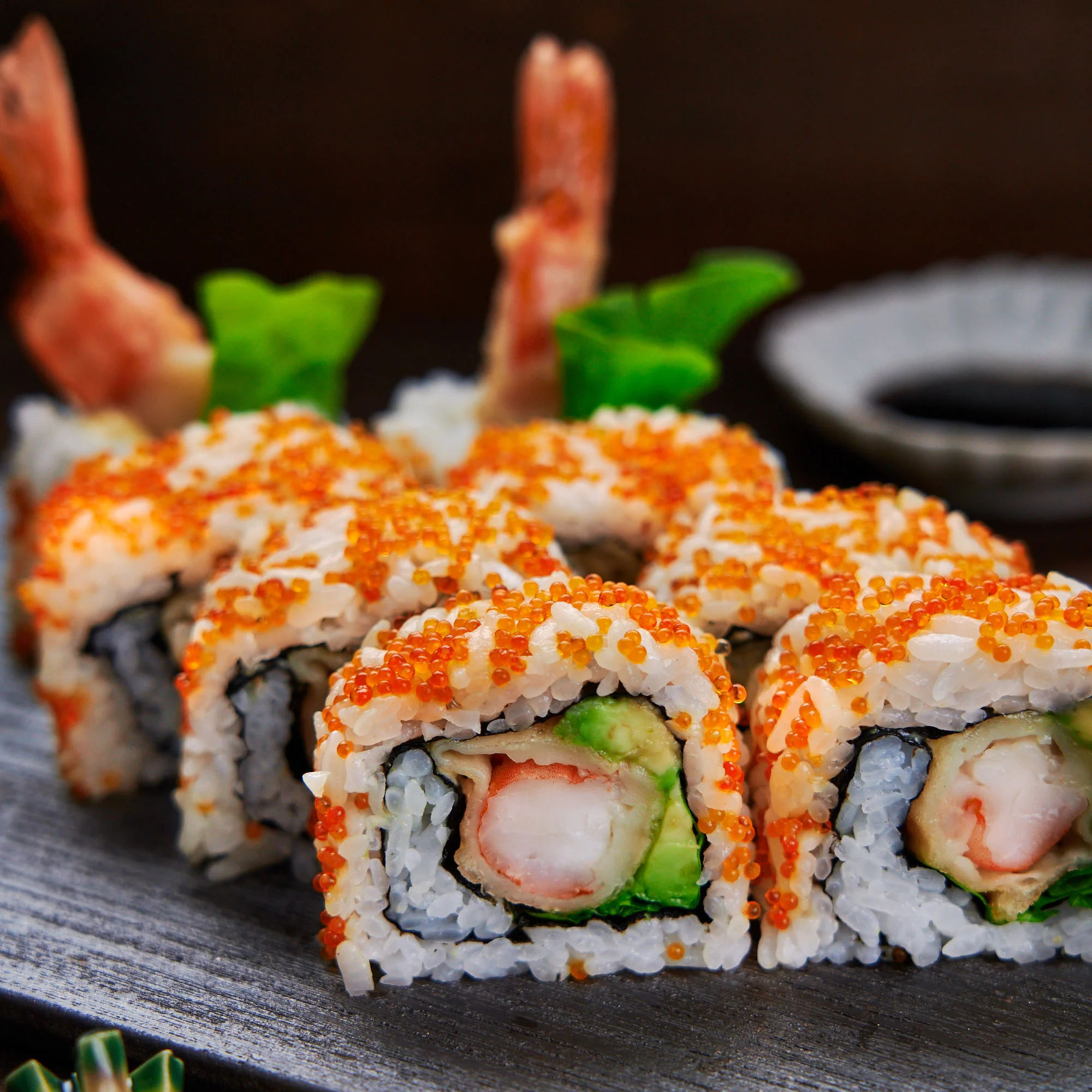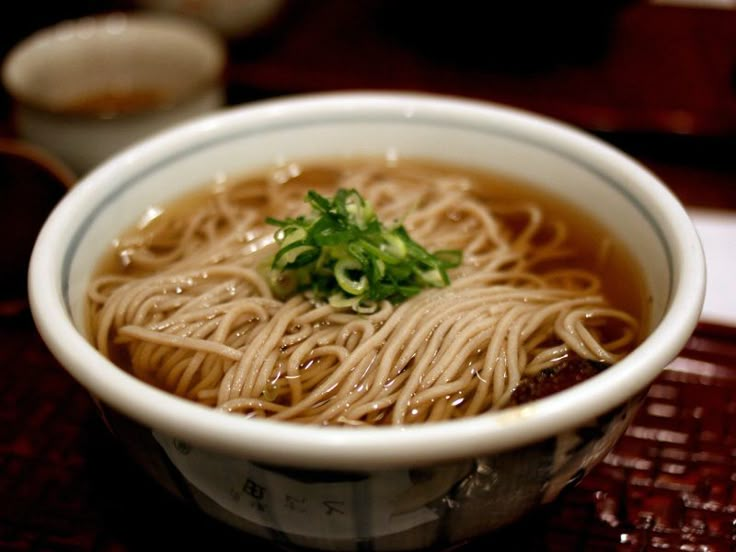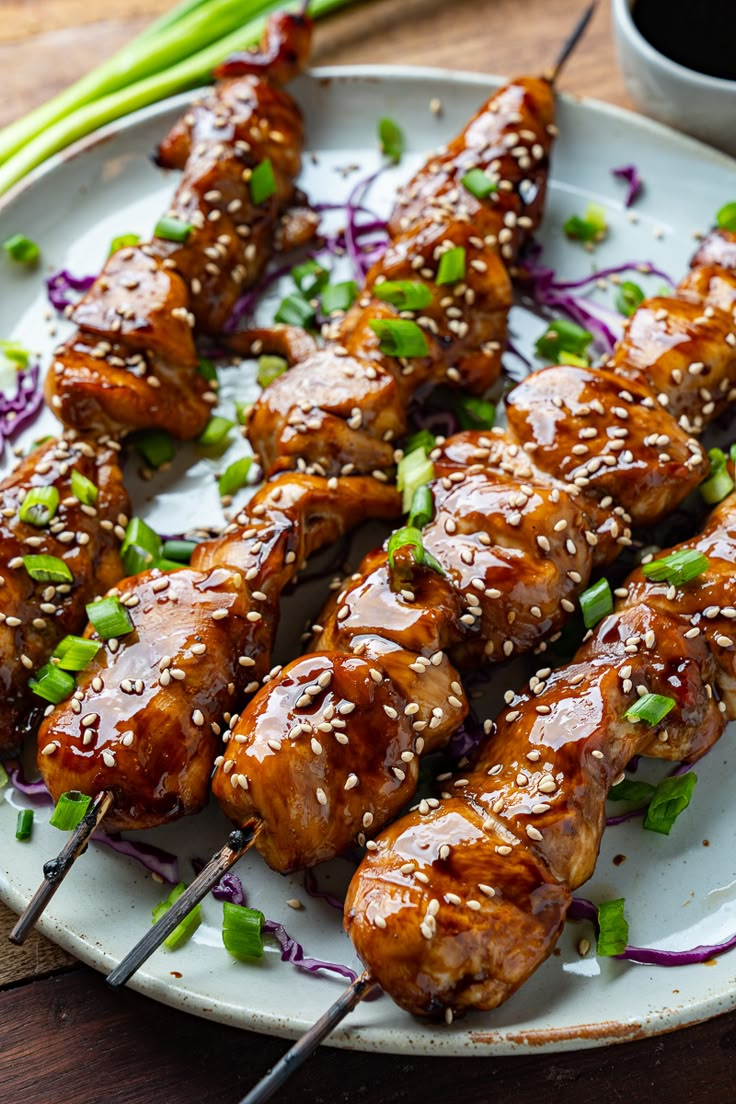Japanese cuisine, or washoku (和食), is far more than mere sustenance; it’s an art form, a cultural expression, and a testament to centuries of refinement. Revered globally for its delicate flavors, meticulous presentation, and emphasis on seasonal, high-quality ingredients, Japanese food offers an unparalleled gastronomic journey. From the umami-rich depths of a ramen bowl to the exquisite simplicity of perfectly prepared sushi, each dish tells a story of tradition, innovation, and a profound respect for nature. Embark with us as we explore fifteen of Japan’s most popular and beloved culinary treasures, dishes that have captivated palates both domestically and around the world, offering a true taste of the Land of the Rising Sun.
1. Sushi (寿司)
Undoubtedly Japan’s most iconic culinary export, sushi is a masterful combination of vinegared rice (shari) and various ingredients (neta), most commonly fresh seafood. What began as a method of preserving fish in fermented rice has evolved into a sophisticated art form, celebrated for its balance of flavors, textures, and aesthetic appeal.
-
What It Is: At its core, sushi features specially prepared short-grain rice seasoned with rice vinegar, sugar, and salt, paired with ingredients like raw or cooked fish, shellfish, vegetables, and sometimes egg (tamagoyaki).
-
Key Variations:
-
Nigiri-zushi (握り寿司): A slice of neta (e.g., tuna, salmon, shrimp) atop an oblong mound of shari, often with a dab of wasabi underneath the fish.
-
Maki-zushi (巻き寿司): “Rolled sushi,” where rice and fillings are rolled in a sheet of dried seaweed (nori) and then sliced into rounds. Variations include hosomaki (thin rolls), futomaki (thick rolls), and temaki (hand rolls, cone-shaped).
-
Gunkan-maki (軍艦巻): “Battleship roll,” an oval of shari wrapped with nori to create a vessel for softer toppings like sea urchin (uni) or fish roe (ikura).
-
Inari-zushi (稲荷寿司): Vinegared rice packed into a pouch of seasoned deep-fried tofu (aburaage).
-
-
How to Enjoy: Typically eaten with a light dip in soy sauce (dip the fish side, not the rice, for nigiri), with pickled ginger (gari) to cleanse the palate between pieces, and a touch of wasabi for pungency. It can be eaten with chopsticks or by hand (especially nigiri).
-
Why It’s Popular: The emphasis on fresh, high-quality ingredients, the delicate balance of flavors, the artistry of its presentation, and its perceived health benefits have made sushi a global phenomenon.
2. Ramen (ラーメン)
A steaming bowl of ramen is pure comfort food for many Japanese and a beloved dish worldwide. This noodle soup consists of Chinese-style wheat noodles served in a rich, flavorful broth, topped with an array of ingredients.
-
What It Is: Wheat noodles served in a meat or fish-based broth, often flavored with soy sauce or miso, and adorned with toppings such as sliced pork (chāshū), dried seaweed (nori), fermented bamboo shoots (menma), and a soft-boiled egg (ajitama).
-
Key Broth Types:
-
Shoyu (醤油): Soy sauce-based, clear brown broth, offering a tangy, savory, and rich flavor.
-
Shio (塩): Salt-based, a light, clear broth, often made with chicken or pork bones and seafood.
-
Miso (味噌): Flavored with fermented soybean paste, resulting in a complex, robust, and umami-rich broth. Common in Hokkaido.
-
Tonkotsu (豚骨): Made from pork bones simmered for hours, creating a rich, cloudy, and deeply savory white broth. Popular in Kyushu, particularly Hakata-style.
-
-
How to Enjoy: Slurping the noodles is encouraged – it cools them down and enhances the flavor. Drink the broth directly from the bowl.
-
Why It’s Popular: Its incredible depth of flavor, satisfying nature, regional diversity, and affordability make ramen a universally loved dish.
3. Tempura (天ぷら)
Tempura is a delightful Japanese dish where seafood and vegetables are lightly battered and deep-fried to crispy perfection. The key to good tempura is its delicate, almost ethereal batter and the freshness of the ingredients.
-
What It Is: Seafood (shrimp, squid, fish) and various vegetables (sweet potato, pumpkin, eggplant, shishito peppers, mushrooms) are coated in a light batter made from flour, cold water, and sometimes egg, then quickly deep-fried.
-
How to Enjoy: Tempura is best eaten hot, immediately after frying. It’s typically served with a dipping sauce called tentsuyu (made from dashi, mirin, and soy sauce), often with grated daikon radish and ginger added to the sauce. Alternatively, it can be seasoned with salt, sometimes flavored with matcha or yuzu.
-
Variations: Can be served as a main dish, as a side, or as a topping for rice bowls (tendon) or noodle soups (tempura udon/soba).
-
Why It’s Popular: The delightful contrast between the crispy batter and the tender interior, the clean taste (when fried correctly), and the way it showcases the natural flavors of the ingredients.
4. Udon (うどん) & Soba (そば)
These two types of noodles are staples in Japanese cuisine, enjoyed in a myriad of ways, both hot and cold.
-
Udon: Thick, chewy wheat flour noodles. They have a satisfyingly springy texture.
-
Popular Dishes: Kake udon (hot udon in broth with simple toppings like green onions), Kitsune udon (topped with sweetened deep-fried tofu), Tempura udon (topped with tempura), Zaru udon (chilled udon served with a dipping sauce).
-
-
Soba: Thin noodles made from buckwheat flour (or a mix of buckwheat and wheat flour). They have a nuttier, earthier flavor than udon.
-
Popular Dishes: Kake soba (similar to kake udon), Tempura soba, Zaru soba (chilled soba served on a bamboo tray with dipping sauce, nori, and wasabi), Toshikoshi soba (eaten on New Year’s Eve for good luck).
-
-
How to Enjoy: Hot noodle soups are typically slurped. Cold noodles are dipped into a concentrated tsuyu sauce before eating.
-
Why They’re Popular: Their versatility, comforting nature (especially hot soups), refreshing quality (when served cold), and relative healthiness (especially soba) make them widely consumed.
5. Yakitori (焼き鳥)
Yakitori, literally “grilled chicken,” consists of small pieces of chicken (and sometimes vegetables or other meats) skewered on bamboo sticks (kushi) and grilled over a charcoal fire.
-
What It Is: Various parts of the chicken – thigh (momo), breast (sasami), skin (kawa), wings (tebasaki), liver (rebā), gizzard (sunagimo), meatballs (tsukune) – are skewered and grilled. Non-chicken items like pork belly (butabara), quail eggs, shiitake mushrooms, and green peppers are also common.
-
Seasoning: Typically seasoned with either tare (a sweet and savory soy-based sauce) or shio (salt).
-
How to Enjoy: Eaten hot off the grill, often accompanied by beer or sake. It’s a popular dish in izakayas (Japanese pubs).
-
Why It’s Popular: The smoky flavor from the charcoal grill, the variety of textures and tastes from different chicken parts, its affordability, and its perfect pairing with alcoholic beverages.
6. Okonomiyaki (お好み焼き)
Often described as a savory Japanese pancake or “Japanese pizza,” Okonomiyaki is a fun, customizable, and incredibly delicious dish. The name literally means “grilled as you like it.”
-
What It Is: A batter made from flour, grated yam, water or dashi, and eggs, mixed with shredded cabbage and other ingredients like meat (usually pork belly), seafood (squid, shrimp, octopus), and vegetables. It’s cooked on a hot griddle (teppan).
-
Regional Styles:
-
Osaka-style (Kansai-style): Ingredients are all mixed into the batter before grilling.
-
Hiroshima-style: Ingredients are layered rather than mixed, and often include yakisoba noodles and a fried egg.
-
-
Toppings: Once cooked, it’s brushed with a sweet and savory okonomiyaki sauce, drizzled with Japanese mayonnaise, and sprinkled with dried seaweed flakes (aonori) and dried bonito flakes (katsuobushi).
-
Why It’s Popular: Its hearty, savory flavor, customizable nature, the interactive experience of cooking it yourself at some restaurants, and its social aspect.
7. Takoyaki (たこ焼き)
Takoyaki, meaning “grilled octopus,” are ball-shaped Japanese snacks made of a wheat flour-based batter and cooked in a special molded pan.
-
What It Is: A batter similar to okonomiyaki batter is poured into hemispherical molds. Each ball is filled with diced octopus (tako), tempura scraps (tenkasu), pickled ginger (beni shoga), and green onion. They are expertly flipped during cooking to achieve a round shape.
-
How to Enjoy: Typically sold by street vendors and at festivals. Served hot in boat-shaped dishes, brushed with takoyaki sauce (similar to okonomiyaki sauce), drizzled with mayonnaise, and sprinkled with aonori and katsuobushi. Be careful – they are incredibly hot inside!
-
Why It’s Popular: The delightful contrast of the crispy outer shell and the gooey, savory interior, the chewy octopus, and its status as a fun, iconic street food.
8. Mochi (餅)
Mochi is a Japanese rice cake made from mochigome, a short-grain glutinous japonica rice. The rice is pounded into a paste and molded into various shapes.
-
What It Is: A chewy, sticky rice cake. It can be eaten plain, grilled, or used as an ingredient in many dishes and sweets.
-
Variations:
-
Daifuku: Mochi filled with sweet bean paste (anko). Ichigo daifuku includes a whole strawberry.
-
Kiri mochi: Plain, unsweetened blocks of mochi, often grilled until puffed and soft, then eaten with soy sauce and nori or in soups like ozoni (New Year soup).
-
Kusa mochi: Mochi flavored with Japanese mugwort (yomogi), giving it a green color and slightly herbal taste.
-
Mochi ice cream: Small balls of mochi filled with ice cream.
-
-
Cultural Significance: Deeply ingrained in Japanese culture, especially associated with New Year celebrations (Oshogatsu), where kagami mochi (mirror rice cake) is a traditional decoration.
-
Why It’s Popular: Its unique chewy texture, versatility in both sweet and savory applications, and its cultural importance.
9. Tonkatsu (豚カツ)
Tonkatsu is a Japanese dish consisting of a pork cutlet (usually loin or fillet) coated in crispy panko breadcrumbs and deep-fried.
-
What It Is: A thick slice of pork, dredged in flour, dipped in egg, coated generously with panko (Japanese breadcrumbs, which are flakier and create a crispier crust than Western breadcrumbs), and then deep-fried until golden brown and cooked through.
-
How to Enjoy: Typically served sliced, accompanied by shredded cabbage (as a palate cleanser), a dollop of Japanese mustard (karashi), and a thick, sweet, and tangy brown sauce called tonkatsu sauce. It’s often part of a teishoku (set meal) with rice, miso soup, and pickles.
-
Variations: Katsudon (tonkatsu served over a bowl of rice with egg and a sweet dashi broth), Katsu sando (tonkatsu sandwich), Katsu karē (tonkatsu with Japanese curry).
-
Why It’s Popular: The irresistible combination of a juicy pork cutlet and a super crispy panko crust, paired with the savory-sweet sauce. It’s a hearty and satisfying meal.
10. Gyoza (餃子)
Gyoza are Japanese pan-fried dumplings, a popular izakaya snack and side dish, originally derived from Chinese jiaozi.
-
What It Is: Thin wheat flour wrappers filled with a mixture of ground pork, minced cabbage or napa cabbage, chives, garlic, ginger, soy sauce, and sesame oil.
-
Preparation: Typically pan-fried (yaki-gyoza), resulting in a crispy, golden-brown bottom and a tender, steamed top. They can also be boiled (sui-gyoza) or deep-fried (age-gyoza).
-
How to Enjoy: Served with a dipping sauce made from soy sauce, rice vinegar, and often a few drops of chili oil (rāyu).
-
Why It’s Popular: The savory, juicy filling, the contrast of textures (crispy and soft), and their addictive, bite-sized nature make them a crowd-pleaser.
11. Karē Raisu (カレーライス – Japanese Curry Rice)
Japanese curry rice is a distinct and immensely popular dish, differing significantly from its Indian or Thai counterparts. It’s milder, sweeter, and thicker.
-
What It Is: A stew-like curry made with a roux (curry powder, flour, oil, and other spices), vegetables (onions, carrots, potatoes), and a protein (beef, pork, or chicken). It’s served over or alongside steamed white rice.
-
How to Enjoy: Often accompanied by pickled vegetables like fukujinzuke (a mix of finely chopped vegetables pickled in soy sauce) or rakkyo (pickled Japanese scallions).
-
Variations: Countless regional and personal variations. Popular toppings include tonkatsu (katsu karē), fried shrimp, or a soft-boiled egg.
-
Why It’s Popular: Its comforting, mildly spicy, and deeply savory flavor, its ease of preparation (especially using pre-made curry roux blocks), and its status as a beloved home-style meal and cafeteria staple.
12. Gyudon (牛丼)
Gyudon, literally “beef bowl,” is a simple yet incredibly satisfying dish consisting of thinly sliced beef and onions simmered in a mildly sweet, savory dashi-based sauce, served over a bowl of steamed rice.
-
What It Is: Thinly sliced beef (often sukiyaki-cut) and onions are simmered in a sauce made with dashi, soy sauce, mirin, and sugar. This mixture is then ladled over a bowl of hot white rice.
-
How to Enjoy: Often topped with beni shoga (pickled red ginger) for a tangy contrast. Some enjoy it with a raw or soft-boiled egg cracked on top, or a sprinkle of shichimi togarashi (seven-flavor chili pepper).
-
Where to Find It: A staple at fast-food chains in Japan (like Yoshinoya, Sukiya, Matsuya), making it a quick, affordable, and popular meal.
-
Why It’s Popular: Its delicious sweet-savory flavor, tender beef, comforting nature, speed of service, and affordability.
13. Edamame (枝豆)
Edamame are immature soybeans in the pod, typically boiled or steamed and served with salt. They are a ubiquitous appetizer or snack in Japan.
-
What It Is: Young soybeans, still in their pods, are boiled in salted water or steamed, then often lightly sprinkled with more salt.
-
How to Enjoy: Eaten by squeezing the beans out of the pod directly into your mouth. The pod itself is not eaten. A perfect accompaniment to beer.
-
Why It’s Popular: Their subtly sweet, nutty flavor, satisfying pop, health benefits (rich in protein and fiber), and simplicity make them a favorite snack and starter.
14. Miso Shiru (味噌汁 – Miso Soup)
Miso soup is a fundamental component of a traditional Japanese meal, served alongside rice and main dishes. It’s a simple, savory soup made with miso paste and dashi stock.
-
What It Is: A soup made by dissolving miso (fermented soybean paste) into dashi (a Japanese soup stock typically made from kombu seaweed and bonito flakes). Common additions include cubes of tofu, wakame seaweed, and chopped green onions.
-
Variations: Different types of miso (white, red, mixed) can be used, affecting the flavor profile. Seasonal ingredients like mushrooms, clams, or daikon radish can also be added.
-
How to Enjoy: Drunk directly from the bowl (no spoon needed for the broth, though chopsticks are used for solid ingredients). It’s considered a palate cleanser and digestive aid.
-
Why It’s Popular: Its comforting warmth, umami-rich flavor, health benefits (probiotics from miso), and its role as an essential part of the Japanese dining experience.
15. Onigiri (おにぎり – Rice Balls)
Onigiri are Japanese rice balls, often triangular or oval, made from steamed white rice and typically wrapped in nori (dried seaweed). They are a convenient and portable snack or light meal.
-
What It Is: Cooked rice, sometimes lightly salted, formed into manageable shapes. They can be plain or have a filling.
-
Common Fillings:
-
Umeboshi (pickled Japanese plum)
-
Salted salmon (shiozake)
-
Bonito flakes seasoned with soy sauce (okaka)
-
Kombu seaweed simmered in soy sauce (tsukudani)
-
Tuna with mayonnaise
-
-
How to Enjoy: Eaten by hand. A staple in bento boxes, convenience stores (konbini), and as a quick snack.
-
Why It’s Popular: Their portability, versatility, affordability, and comforting simplicity. They are the quintessential Japanese comfort food, perfect for any time of day.
This exploration into Japan’s top fifteen popular foods merely scratches the surface of a vast and intricate culinary landscape. Each dish, whether a globally recognized icon or a humble local specialty, offers a window into the culture, history, and heart of Japan. The emphasis on seasonality, freshness, balance, and beauty ensures that every meal is an experience to be savored. So, whether you’re planning a trip to Japan or simply exploring its flavors from afar, these dishes provide a delicious and authentic starting point for your own Japanese culinary odyssey. Itadakimasu! (Let’s eat!)

